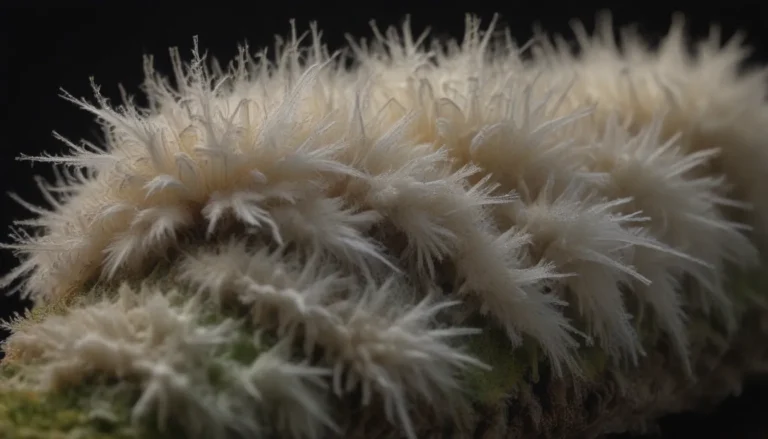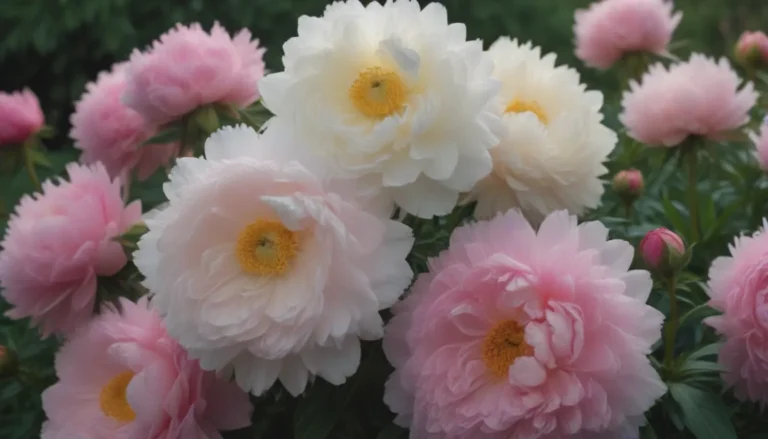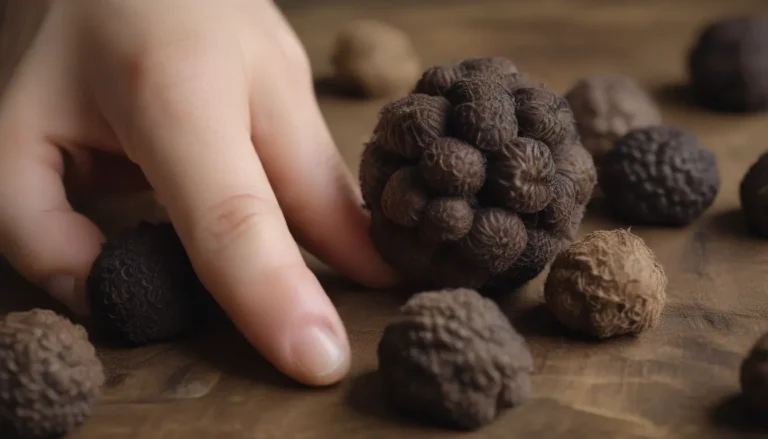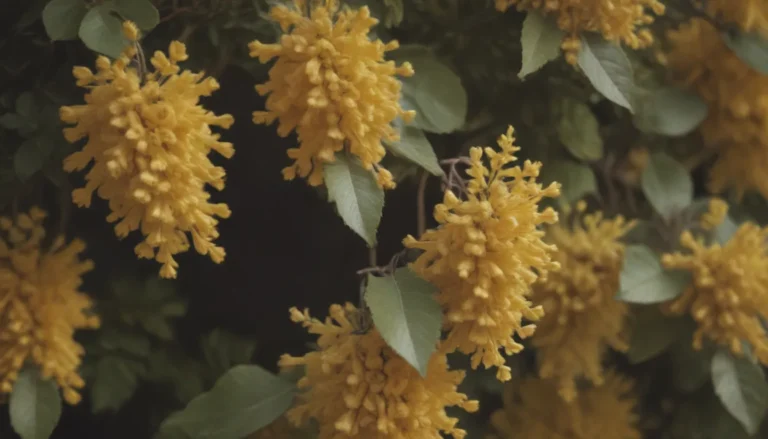Ultimate Guide: Why Are My Snake Plant Leaves Turning Yellow? 7 Causes and How to Fix It

Welcome to our comprehensive guide on snake plants! These beautiful, low-maintenance plants are a favorite choice for any indoor space. However, if you’ve noticed your snake plant’s leaves turning yellow, don’t worry – we’ve got you covered. In this article, we’ll delve into the reasons behind this issue and provide you with practical solutions to help your snake plant thrive.
Understanding Snake Plant Growth and Maturity
Before we jump into the causes of yellowing leaves, let’s explore the fascinating growth patterns of snake plants. These versatile plants come in various sizes, from dwarf cultivars that stay under a foot tall to towering varieties that can reach up to 10 feet in height. Depending on the specific type of snake plant you have, growth rates can vary, with some reaching maturity in as little as six months.
Common Causes of Yellow Snake Plant Leaves
When it comes to yellow leaves on your snake plant, several factors could be at play. Understanding these causes is crucial in addressing the issue effectively. Let’s take a look at some common reasons for yellowing leaves:
- Too Much Water: Snake plants are drought-tolerant and prefer well-drained soil. Overwatering can lead to root rot and nutrient deficiencies, causing the leaves to turn yellow.
- Too Much Light: While snake plants can adapt to different light conditions, excessive sunlight exposure can result in sunburn, manifesting as yellow or brown spots on the leaves.
- Inconsistent Temperature: Sudden temperature changes or exposure to drafts can stress the plant and lead to yellowing leaves.
- Pest Infestation: Common pests like mealybugs, scale, aphids, and spider mites can suck sap from the plant, causing yellowing and damage.
- Fertilizer Issues: Either too much or too little fertilizer can impact the plant’s health, leading to yellow leaves and other symptoms.
- Root Bound: When a plant outgrows its pot, it can become root-bound, affecting nutrient absorption and causing yellowing leaves.
- Normal Leaf Growth: Occasional yellow leaves are a natural part of the plant’s life cycle as old leaves die off and new ones grow.
How to Treat Yellowing Leaves on Snake Plant
Once you’ve identified the cause of yellow leaves on your snake plant, it’s time to take action. Here are some practical tips for treating yellowing leaves and promoting overall plant health:
- Water: Adjust your watering schedule to allow the soil to dry out between waterings. Trim off yellow leaves to encourage new growth.
- Light Exposure: Ensure your plant receives adequate but indirect sunlight to prevent sunburn. Consider moving it to a more suitable location if needed.
- Temperature Changes: Avoid exposing your plant to drastic temperature fluctuations and drafts. Maintain consistent temperature levels for optimal growth.
- Insect Activity: Treat pest infestations promptly using organic or chemical methods. Regularly inspect your plant for signs of pests.
- Nutrients: Monitor your fertilizer usage and ensure your plant is getting the necessary nutrients. Consider repotting if the plant has outgrown its current container.
- Container: Check if your plant is root-bound and consider repotting it into a larger container to support healthy growth.
Tips for Snake Plant Prevention and Care
Prevention is always better than cure when it comes to plant care. To keep your snake plant healthy and vibrant, follow these essential tips:
- Proper Watering: Adjust your watering frequency based on the season and soil moisture levels. Err on the side of underwatering rather than overwatering.
- Temperature Control: Maintain stable indoor temperatures and avoid placing your plant near drafty areas.
- Regular Inspection: Keep an eye out for signs of pests or nutrient deficiencies. Address any issues promptly to prevent yellowing leaves.
- Nutrient Balance: Monitor your plant’s nutrient needs and provide a balanced fertilizer regimen. Consider using slow-release fertilizers for long-term plant health.
- Repotting: Check your plant’s root system regularly and repot it when necessary to prevent overcrowding and nutrient deficiencies.
By following these tips and guidelines, you can ensure that your snake plant remains healthy and vibrant for years to come. Remember, a little care and attention go a long way in maintaining the beauty of your beloved plant.
In conclusion, yellowing leaves on your snake plant may indicate underlying issues that need to be addressed promptly. By understanding the causes of yellowing leaves and implementing the appropriate solutions, you can help your snake plant thrive and continue to grace your home with its beauty. Happy planting!





